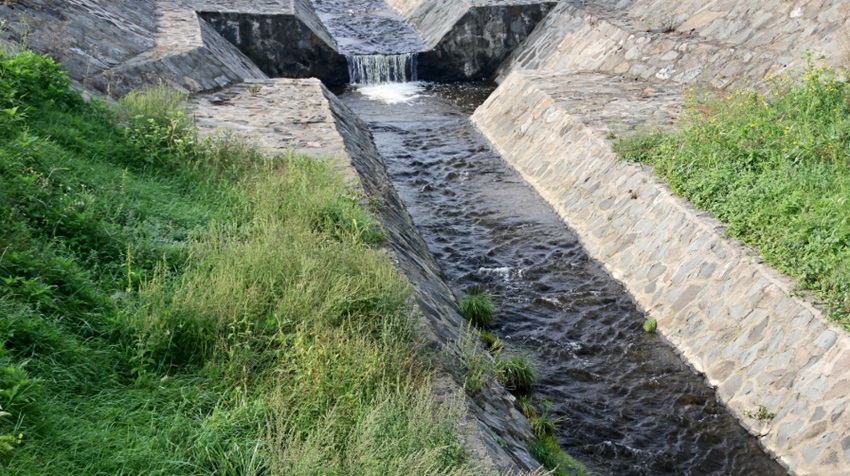Choosing the right drainage solution for your property is essential to protect it from water damage and maintain its functionality. For property owners in Georgia, finding effective drainage solutions in Atlanta from a team of experts can make all the difference, as the area’s frequent rain and clay-heavy soil can cause significant water management challenges. This article describes how to choose the right drainage solution for your property.
Assess Your Property’s Drainage Needs
The first step in identifying an ideal drainage solution is evaluating your property’s unique conditions. Observe areas where water collects or flows poorly, especially after heavy rains. Indicators like standing water, erosion, or damp soil can point to specific drainage issues. Additionally, consider your property’s features, such as its soil type, topography, and landscaping.
Surface water issues often require different approaches than subsurface problems. For instance, stagnant water in yards or small depressions may need a surface system, like trench drains. Conversely, water seeping into foundations or basements may require subterranean solutions such as French drains. Understanding the clear source of your drainage challenges is a vital first step.
Consider Different Drainage Options
Once you’ve assessed your property’s needs, explore suitable drainage systems based on their functionality. Each option addresses specific problems, so matching the solution to your issue ensures long-term success.
Trench Drains: Trench drains are an effective surface water management option for areas prone to water pooling. These systems use narrow channels to collect excess water and guide it away safely. Homeowners can benefit from learning about different trench drain systems for yard drainage, as these systems provide efficient ways to handle surface runoff in problematic locations like driveways, patios, and gardens.
French Drains: Designed for subsurface water issues, French drains are best suited for properties dealing with basement flooding or erosion concerns. They rely on perforated pipes wrapped in drainage fabrics surrounded by gravel. These materials help redirect water away from structures, alleviating pressure on foundations. When comparing French drains and trench drains for erosion control, French drains often provide versatile solutions to more complex water infiltration challenges.
Dry Wells or Catch Basins: If soil saturation is a regular problem, dry wells or catch basins might help by temporarily holding excess water underground, allowing it to absorb into the surrounding soil over time. These systems are perfect for properties where directing water outward using sloped pipes isn’t feasible.
Factor in Installation and Maintenance
The complexity of your preferred drainage solution will impact both installation efforts and future maintenance. Systems like French drains often require professional installation due to excavation and the need for high-quality materials. However, simpler solutions such as gutter extensions or downspout drains can sometimes be installed as DIY projects.
Long-term maintenance is equally crucial. To ensure ongoing efficiency, regular checks for blockages are necessary. Leaves, debris, or mud accumulation in drainage channels can obstruct water flow, so periodic cleanouts are essential. Additionally, inspect components like pipes, basins, or filters for wear and tear to avoid unexpected failures.
Work with Experts for Tailored Solutions
Every property has unique drainage requirements. Consulting with specialists allows you to tailor a plan that fits your specific situation while adhering to your budget. Expert evaluations cover factors like slope gradients, soil permeability, and structural constraints, ensuring your selected system functions properly and lasts long. Combining solutions—for example, trench and French drains—might be recommended, depending on your property’s layout.
Professional installers can also save you from costly mistakes caused by improper setup. Without the guidance of trained experts, it’s easy to overlook details that could undermine a drainage system’s efficiency.
Conclusion
Selecting the right drainage system is a critical step in safeguarding your property from water damage and maintaining its condition over time. By understanding your property’s distinct drainage needs and exploring options such as trench drains or French drains, you can expertly address water management challenges. Consider installation and maintenance factors to make an informed decision, and don’t hesitate to seek professional assistance when necessary. With the right plan in place, you can protect your property from water-related issues while enhancing its overall usability and value.


